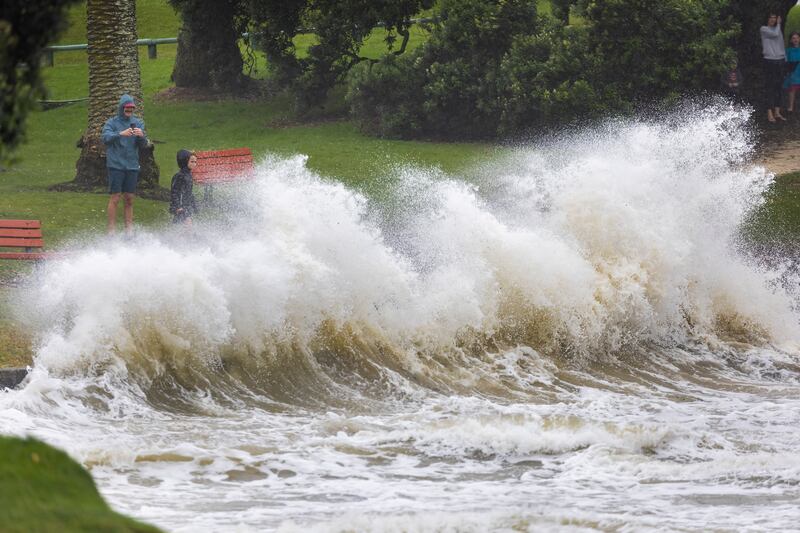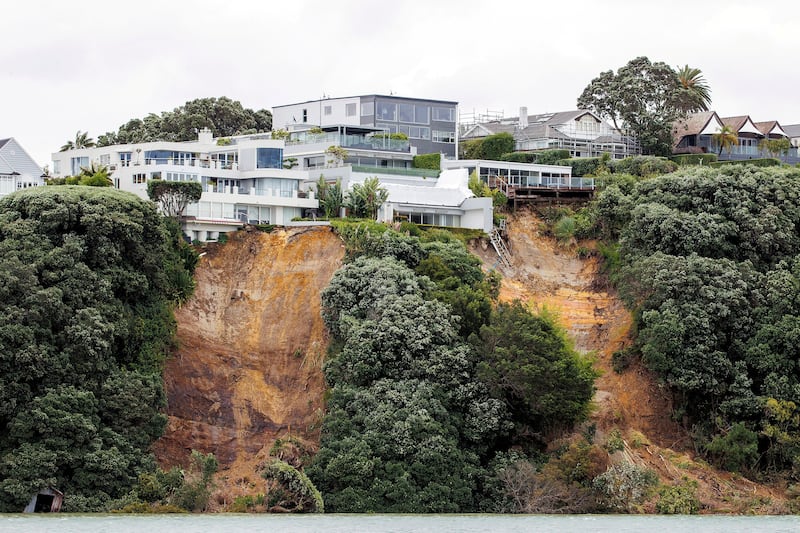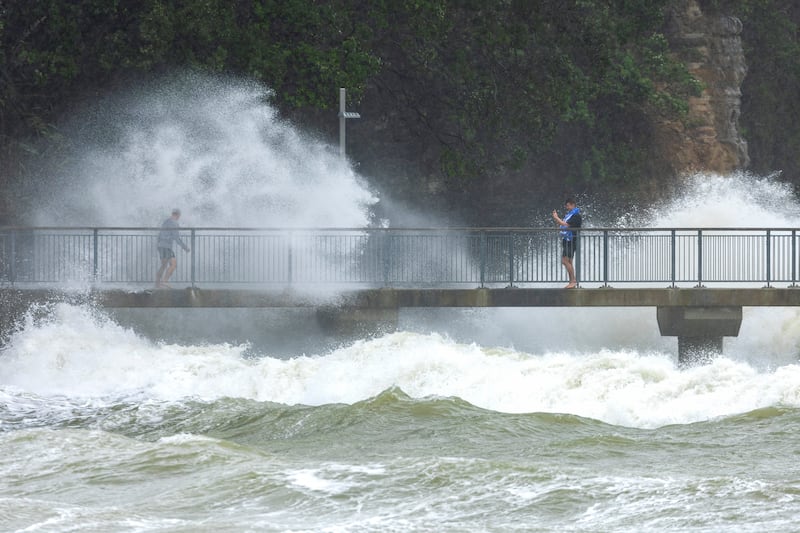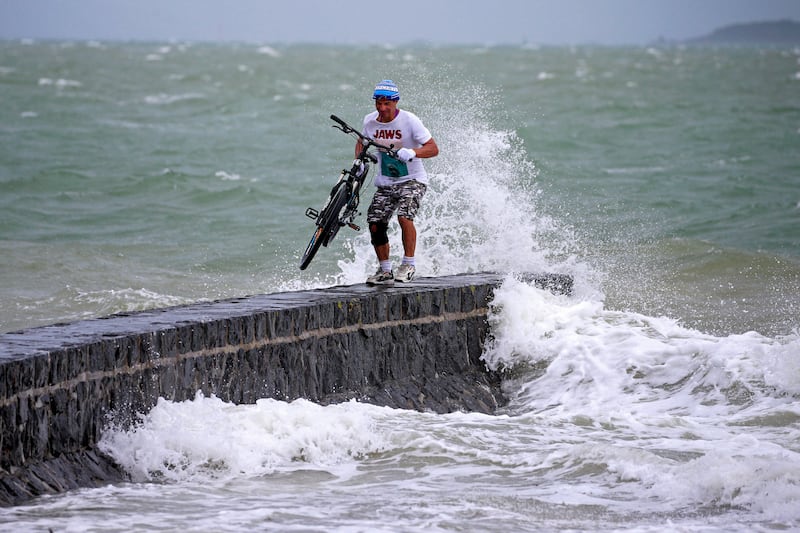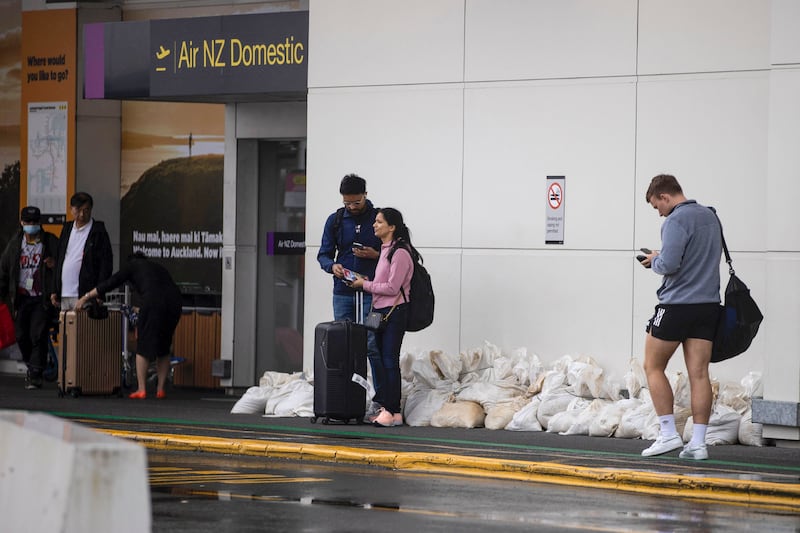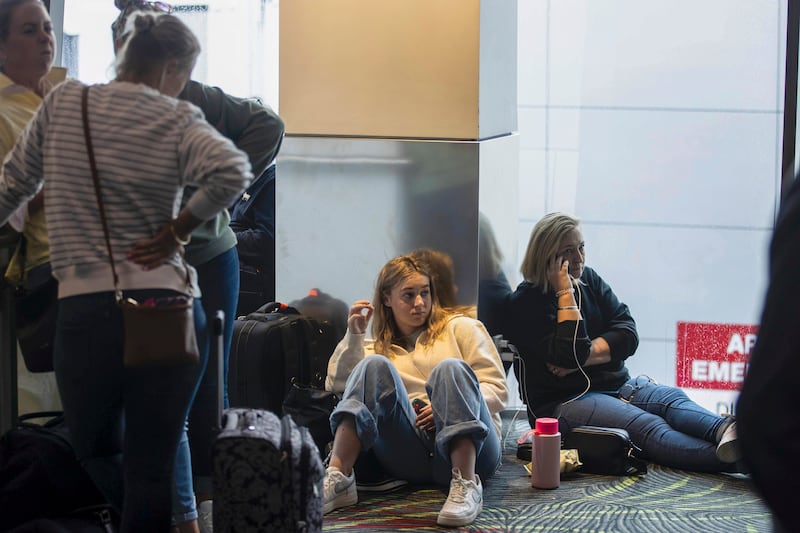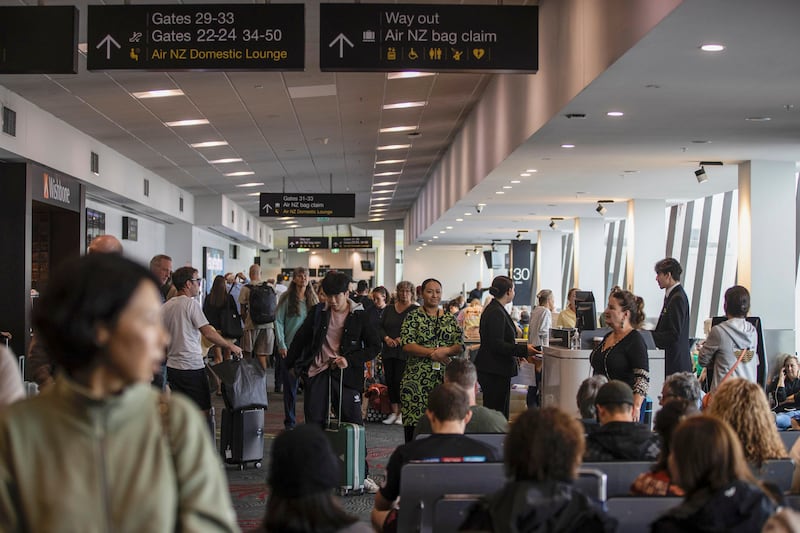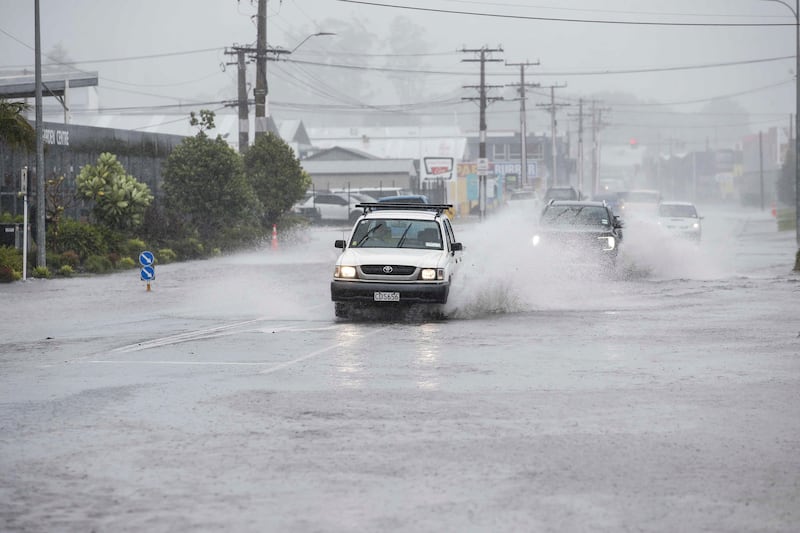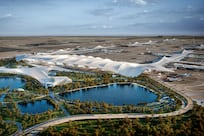Live updates: Follow the latest news on Cop28
In her first year of life, John Ruben's daughter has already experienced four severe tropical cyclones, extreme weather events that occurred only every few years when he was growing up in Vanuatu in the South Pacific Ocean.
The Pacific Islands region is in the eye of the storm of climate change, with leaders concerned it could be left behind in climate talks during Cop28.
A double menace of category-four cyclones, Judy and Kevin, ripped through Vanuatu in a 48-hour period on March 1, severely damaging infrastructure and affecting about 250,000 islanders.
The rarity of the two powerful cyclones occurring in such quick succession meant there was little time for islanders to come up for air between devastating storms.
Mr Ruben's home was severely damaged in the most recent storms and will cost at least $2,000 to repair.
Working as a meteorologist researching the changing climate, he supports his young family on about $1,000 a month.
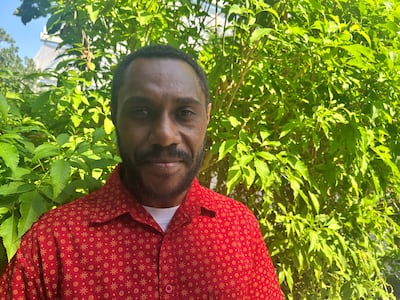
“I've spent all of my life living on Vanuatu,” Mr Ruben said at the Cop28 meeting in Dubai.
“The climate conditions for the past 20 years were totally different to what we are observing now.
“Temperature and rainfall is totally different, and tropical cyclones are some of the events becoming more severe.
“The impacts are huge, and our recovery process is very difficult. We just don’t have time to recover when we face any extreme events when they are so close together.”
In the aftermath of the storms, Vanuatu received support from New Zealand and Australia, other Pacific nations and the World Bank. Global NGOs have also joined in more long-term recovery efforts.
“During the last tropical storm in March, I was in Fiji,” said Mr Ruben.
“We knew the storm was coming but I could not be there to help my family.
“I lost all communication for eight hours and didn't know if they were alive or dead.”
His family survived the storm, but they are nervously waiting for the next one while extensive home repairs are completed.
Frequent storms
The cyclones affected about 66 per cent of Vanuatu’s population, with wind, heavy rains, flooding and storm surges causing extensive damage.
A Post-Disaster Needs Assessment (PDNA) estimated repair and recovery costs at more than $773 million.
Rev James Bhagwan of Fiji, general secretary of the Pacific Conference of Churches, said rising sea levels and warming oceans have placed the region on high alert.
“This is the reality, an increase in the frequency and intensity of extreme weather patterns,” he said.
“As indigenous people, our communities are deeply, spiritually connected to land and sea.
“The impacts we face are not just economically, they are cultural, they're spiritual and psychological.
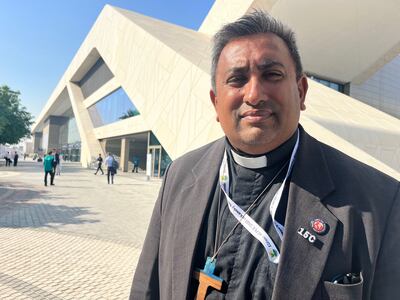
“While we need a national adaptation plan to be funded and relocation processes to be supported, we also need to deal with the condition of our people suffering as a result of climate change.
“But all of that funding is a moot point if we're not phasing out fossil fuel.”
In February, New Zealand took significant damage from Cyclone Gabrielle, with a national emergency declared for the third time in the country’s history.
Thousands were displaced as 140kph winds ripped off roofs, while felled trees and landslides destroyed homes, causing damage estimated at more than $13.5 billion.
The region mobilised support, with Australia, Fiji and Niue flying in aid.
It is not only the destructive impact of extreme weather disrupting Pacific Island communities. As sea temperatures change, coral reefs degrade and die, taking with them marine species that are critical to the balance of complex ocean ecosystems.
That in turn affects tourism and livelihoods while seawater encroaches on fresh water supplies, making some islands unsuitable for agriculture and forcing communities to disband and migrate.
Toeolesulusulu Cedric Schuster, Samoa’s Minister of Natural Resources, Environment and Lands, said loss and damage funding for nations most affected by climate change is urgently needed.
“The big issue for us is we want to be able to access it as quickly as we can,” said Mr Schuster, also chair of the Alliance of Small Island States.
“The impacts of climate change are happening now. Vanuatu had a cyclone two or three weeks ago which was the third [recently].
“It is great to have this agreement but we don’t want to wait another five years before we can access it.”
Rising seas
As a sign of a changing world, the Marshall Islands even had to close its airport due to waves lapping on to the runway.
The low-lying atoll nation is 2 metres above sea level, leaving many Marshallese at the mercy of climate change.
In the worst-case scenario, sea levels are predicted to rise by as much as 5.4 metres by 2300, unless carbon emissions are reduced significantly worldwide.
The Marshall Islands has launched a national adaptation plan to bring in counter measures.
Tina Stege, climate envoy for the Marshall Islands, said the region was already seeing “enormous impacts” from sea-level rise.
“Now with high tides, we regularly have overwash on to roads – that is affecting our well water aquifers,” said Ms Stege.
“Also, we have longer and more intensive droughts which then have cascading knock on affects with regards to health with more communicable diseases.
“We are seeing impacts in all sectors and all levels.
“There has been a real focus at this Cop, on phasing out of fossil fuels as the root cause of the problems – we need to address that.
“It has gone for too long as the elephant in the room.”
